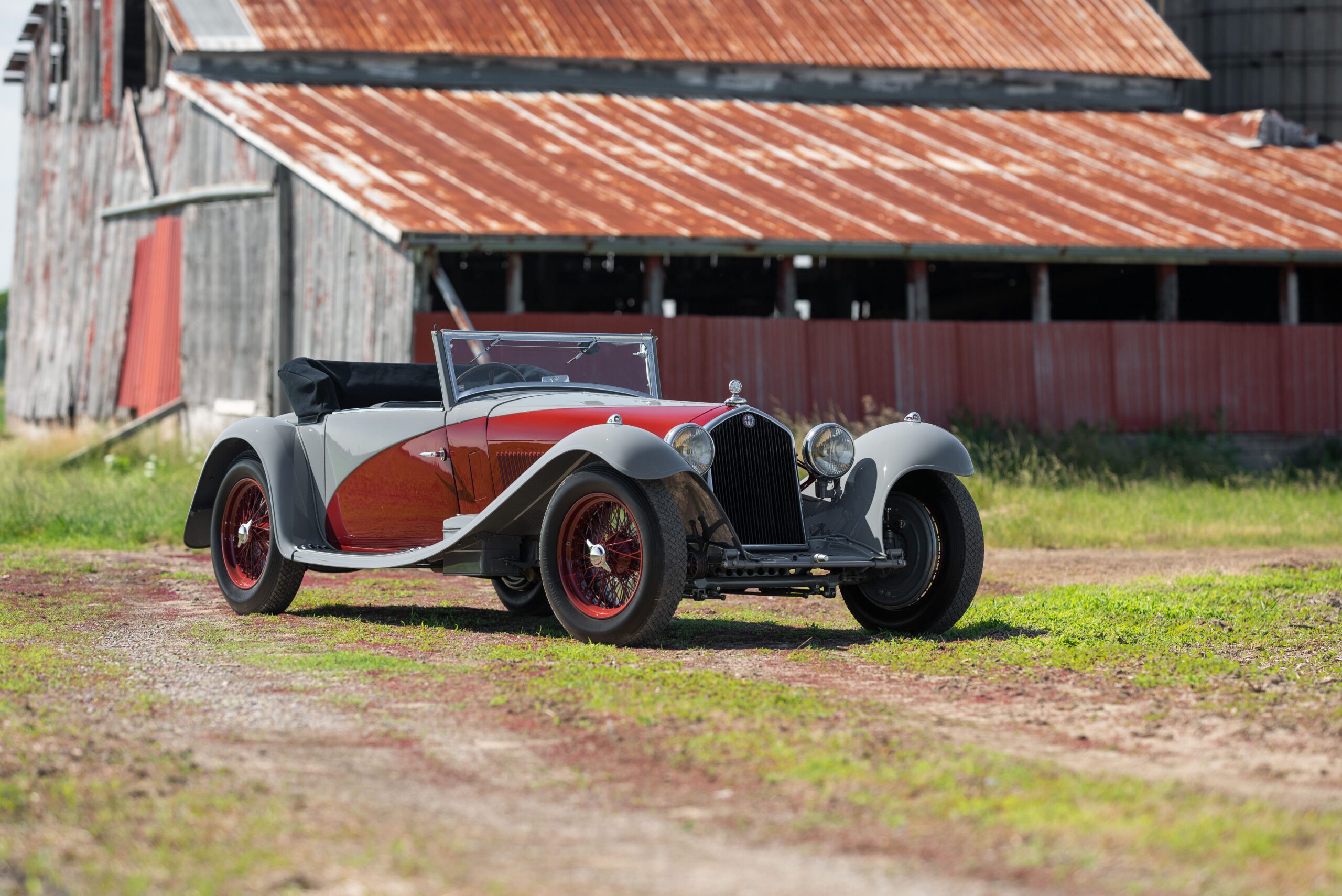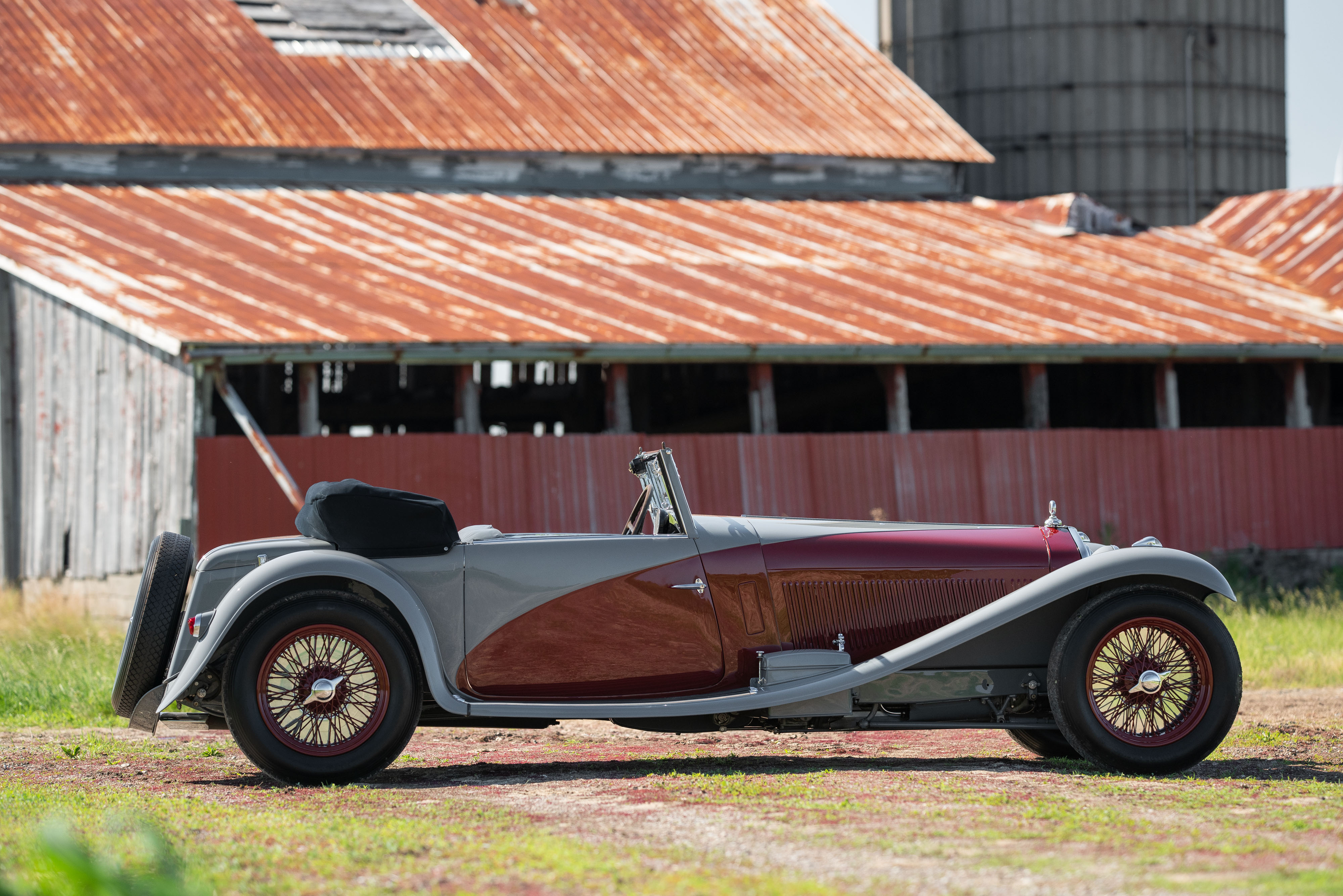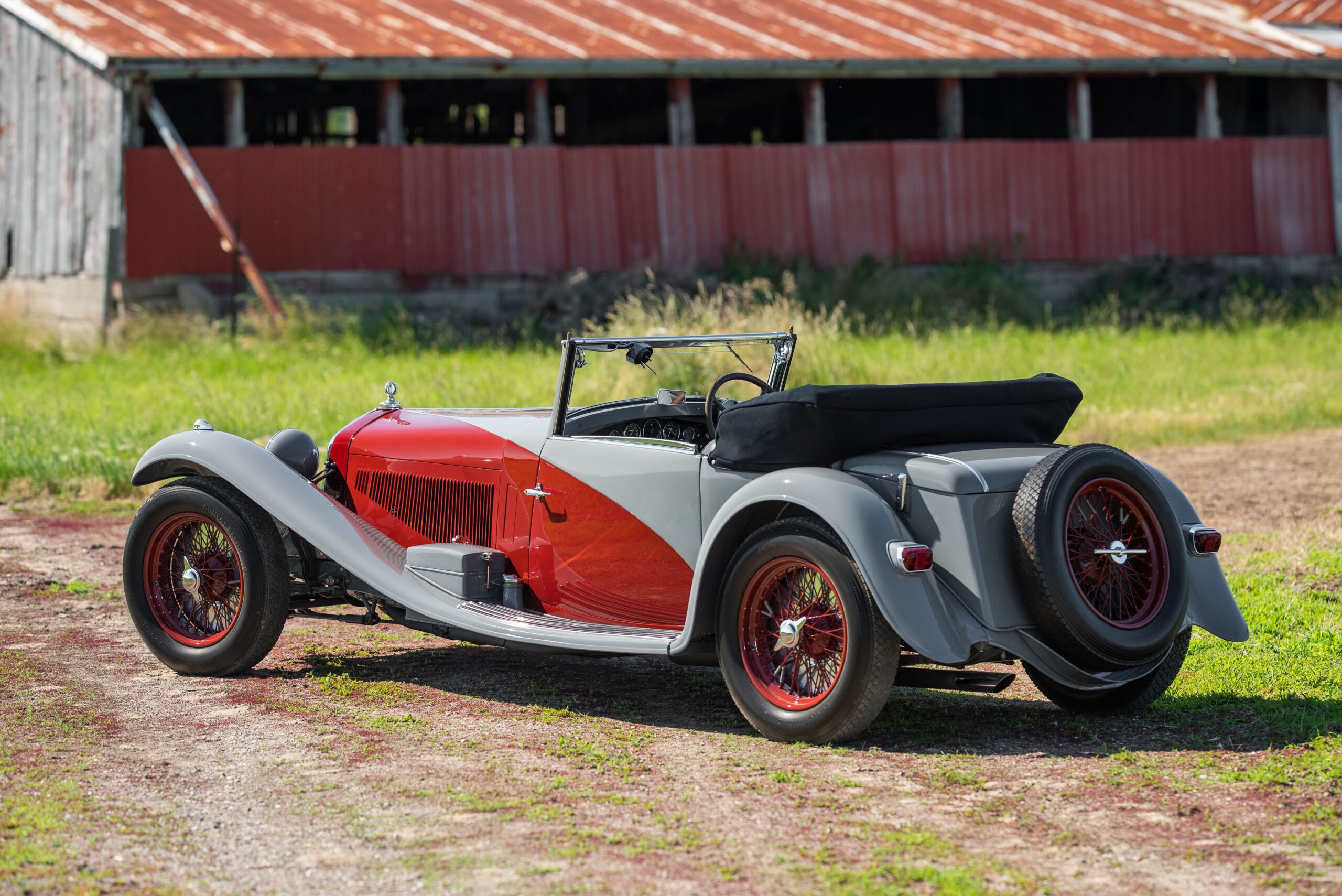Throughout the years, numerous exquisite automobiles have been likened to Swiss watches for their meticulous precision and intricacy in their mechanical craftsmanship. Among these remarkable vehicles, few embody this comparison as perfectly as the Alfa Romeo 8C 2300. Concealed beneath the car’s elongated front end was an engine composed of two four-cylinder blocks arranged end to end. This innovative design featured twin overhead camshafts and hemispherical combustion chambers.
At the heart of the 8C 2300’s engineering marvel lay a 10-main-bearing crankshaft, split in the middle, with a pair of gears driving various components, including the camshafts, supercharger, oil and water pumps, and generator. This exceptional piece of engineering not only possessed stunning aesthetics but also operated seamlessly when properly tuned. Behind the wheel, the 8C 2300 delivered a marvelous and swift driving experience, as evidenced by its impressive track record of victories in renowned races during the early 1930s.
Characteristic of Alfa Romeo during this era, the 2.3-liter 8C, as it became affectionately known among enthusiasts, was not only fast but also exquisitely beautiful. Coachbuilders showcased their finest talents on the low, well-proportioned chassis of the 8C 2300.
One such notable coachbuilder was Figoni, who had yet to form a partnership with Falaschi but was already producing extraordinary designs that harmonized perfectly with the underlying chassis, neither compromising its agility nor diminishing its power.
This esteemed carrosserie crafted bodies for only seven 8C 2300s, all of which were shipped as knocked-down kits to France and assembled there under Alfa Romeo’s guidance. Remarkably, four of these extraordinary vehicles have survived to this day, largely maintaining their original forms and captivating the admirers of automotive history.
Source: RM Sotheby’s











